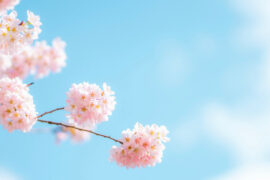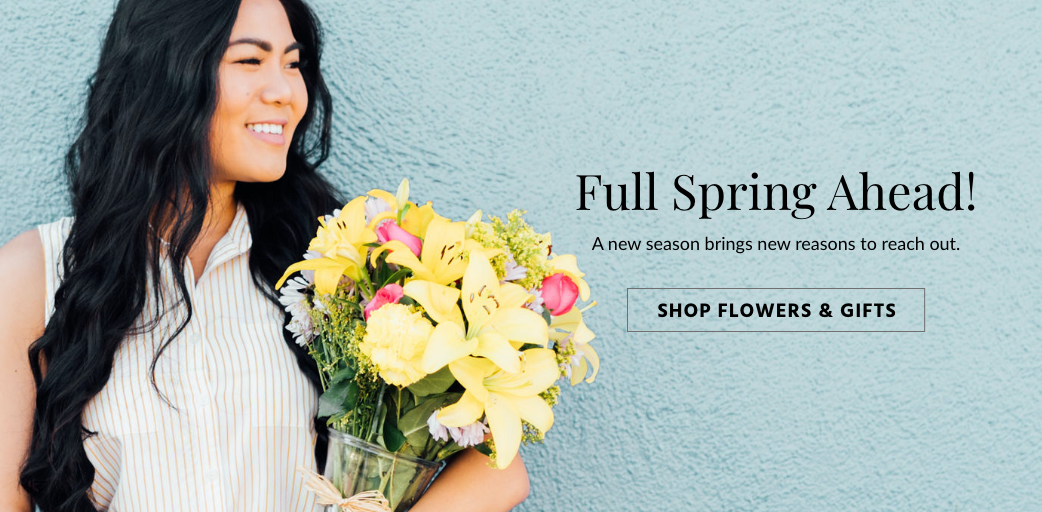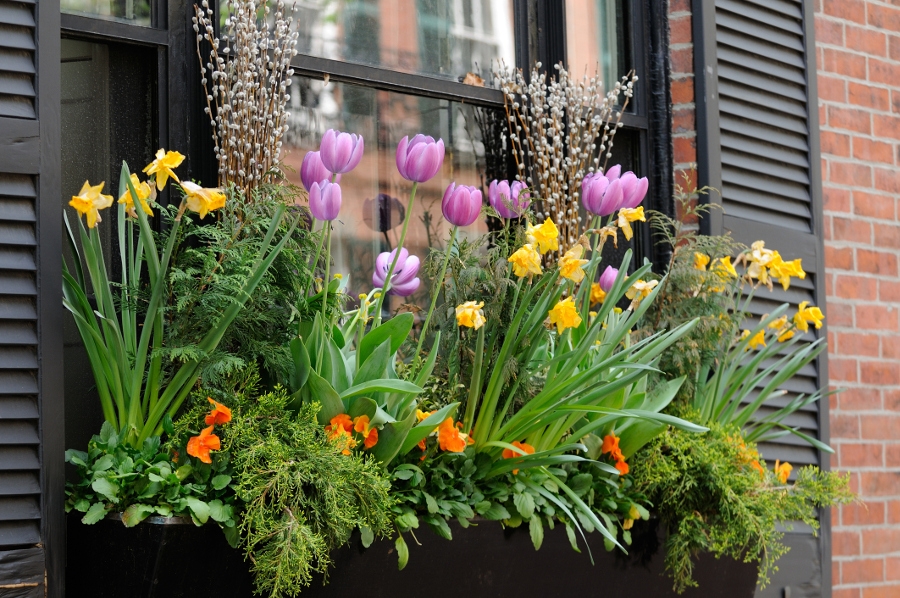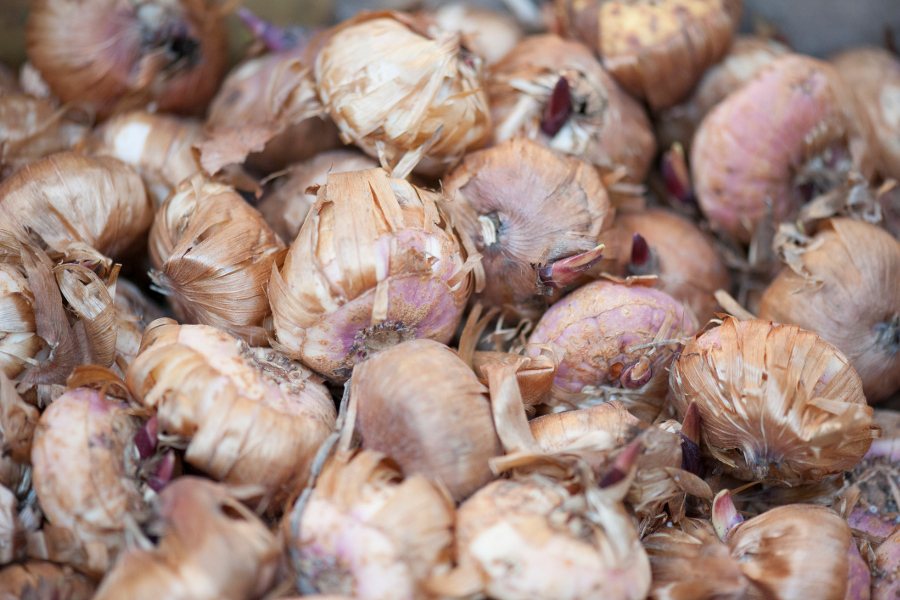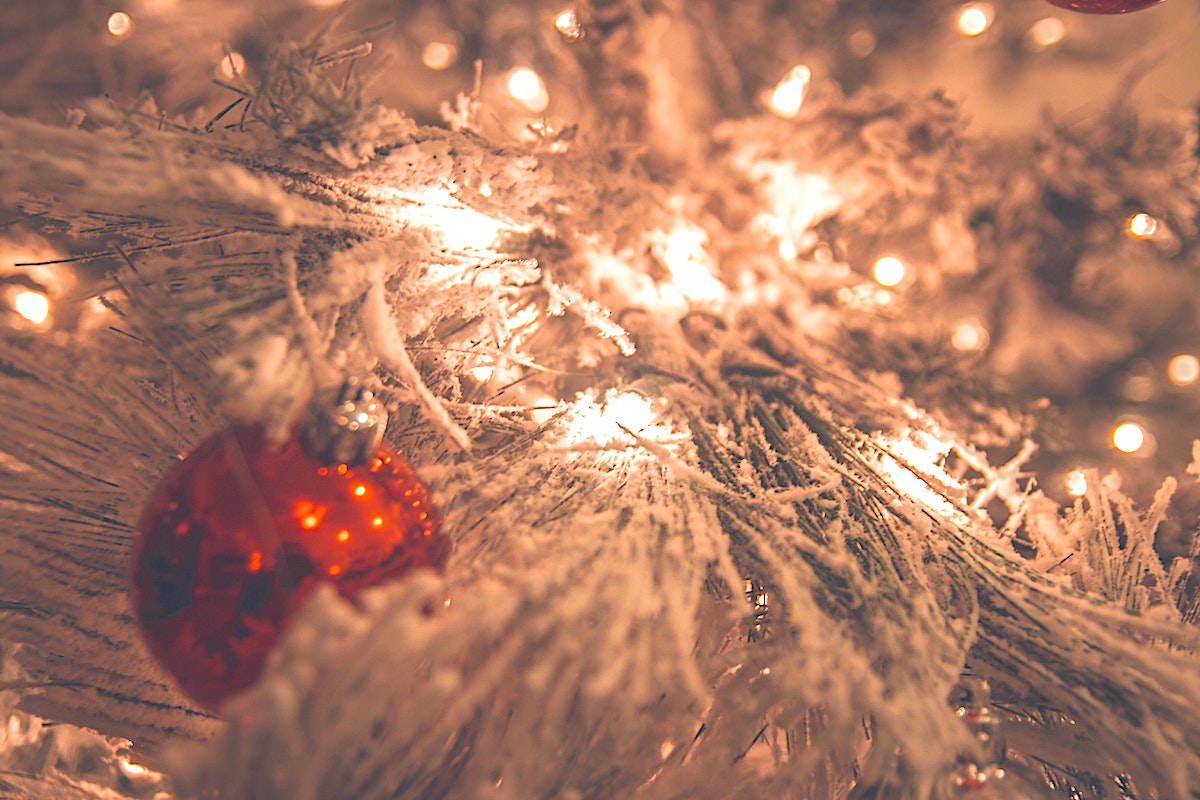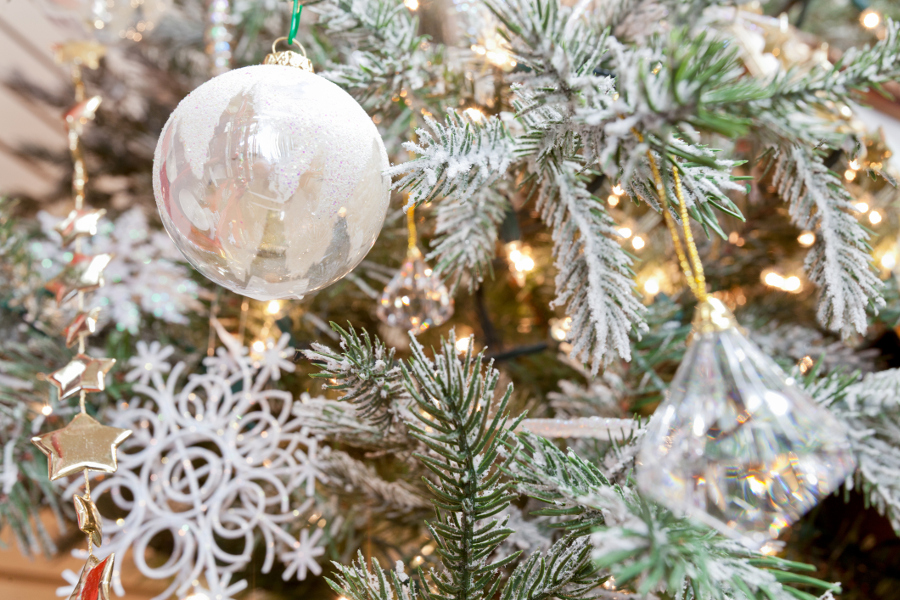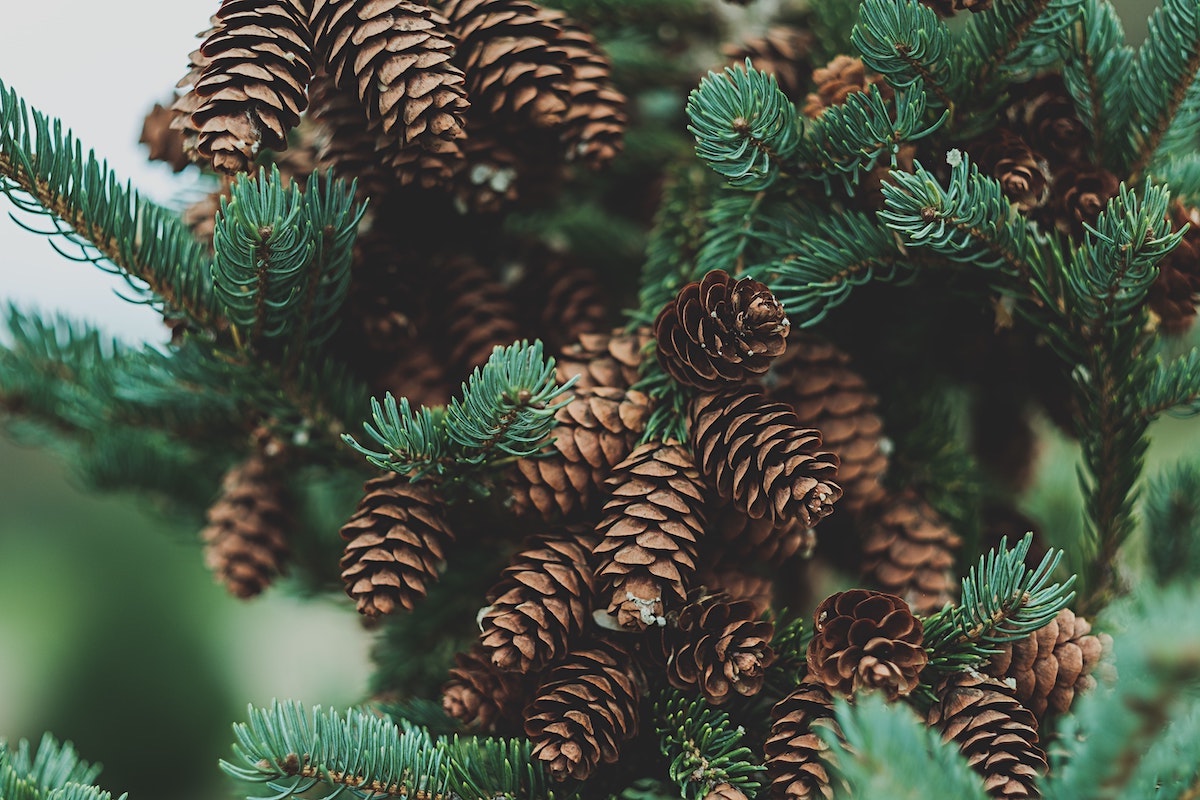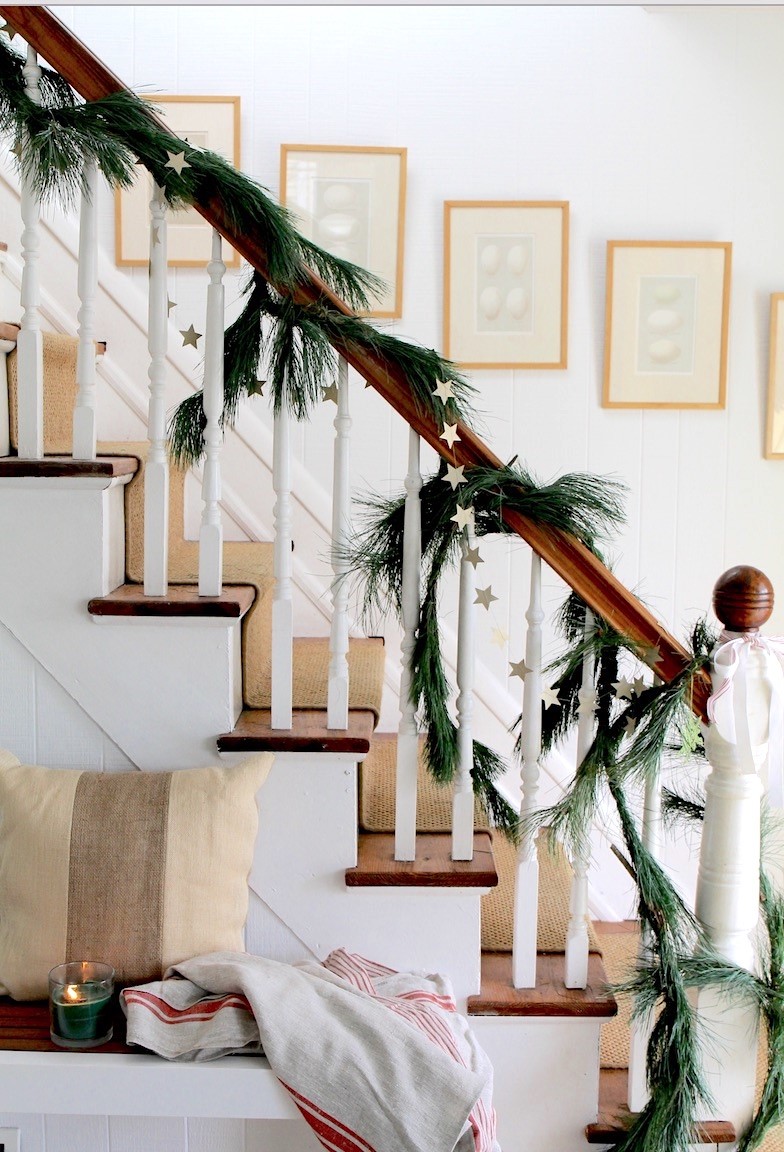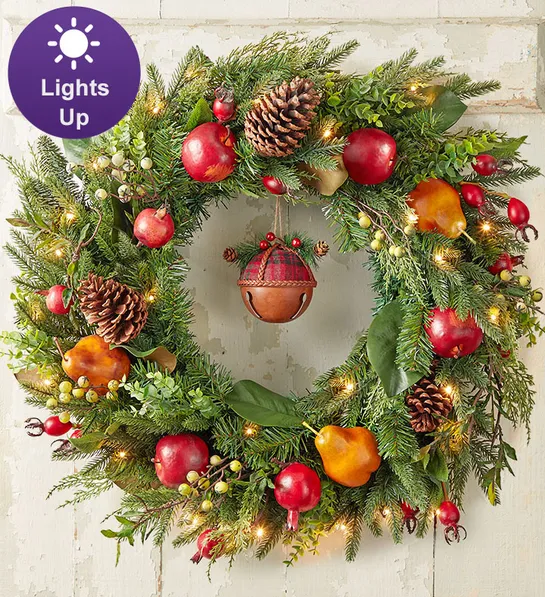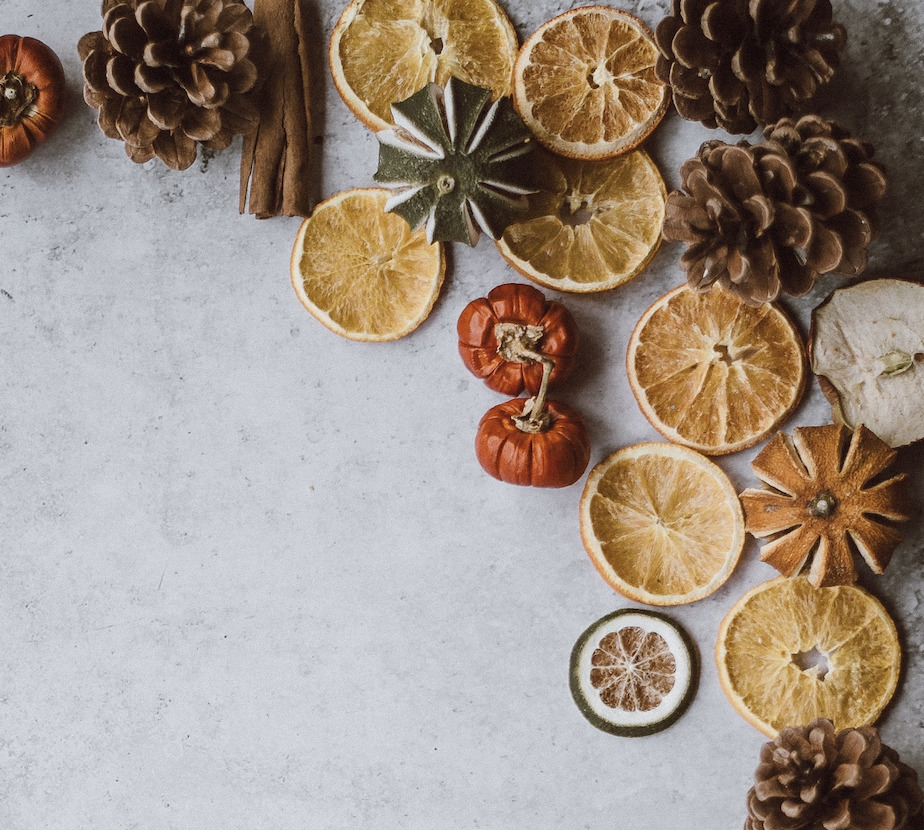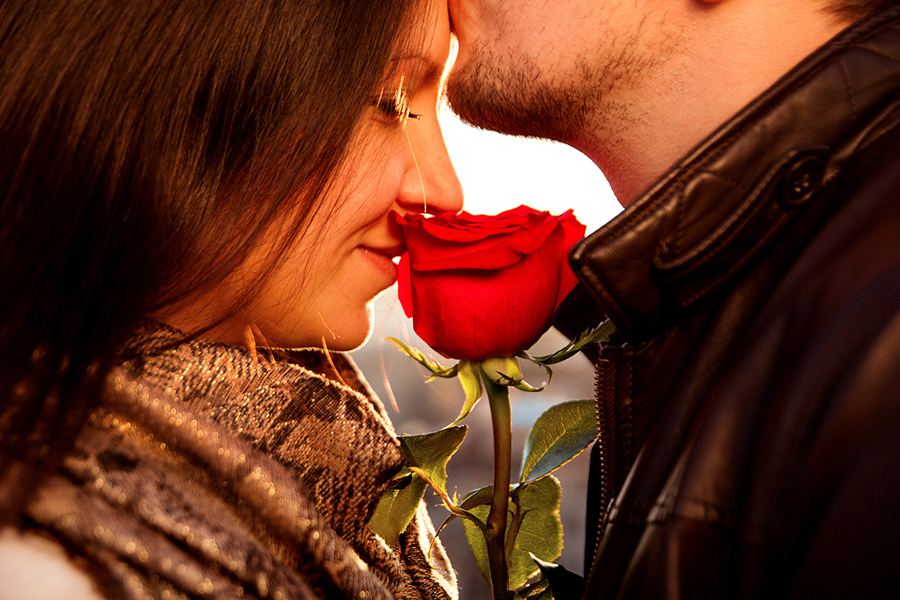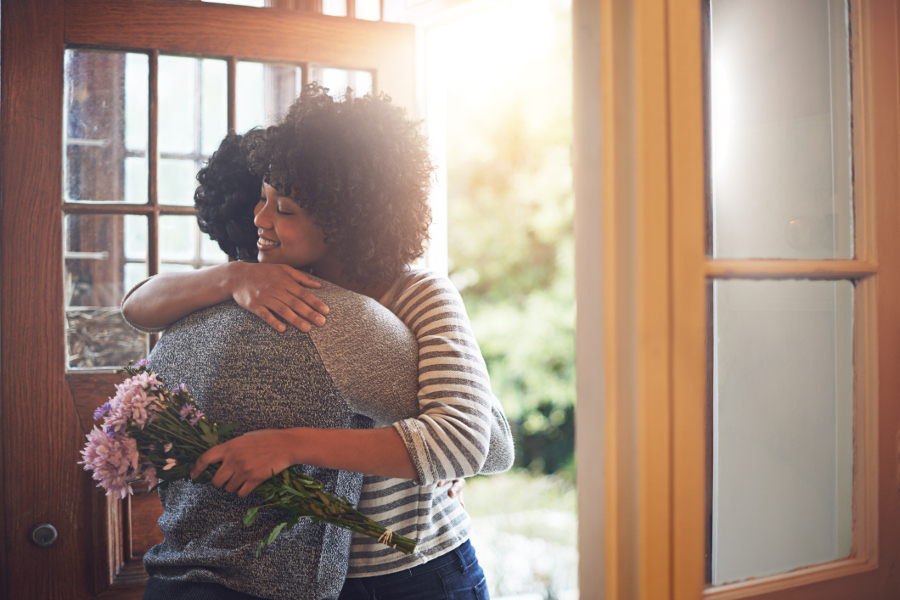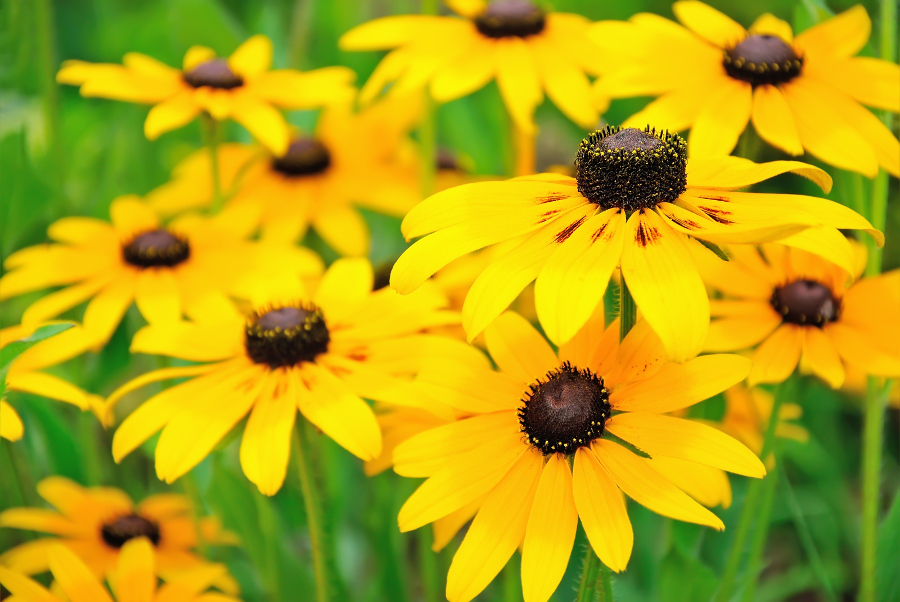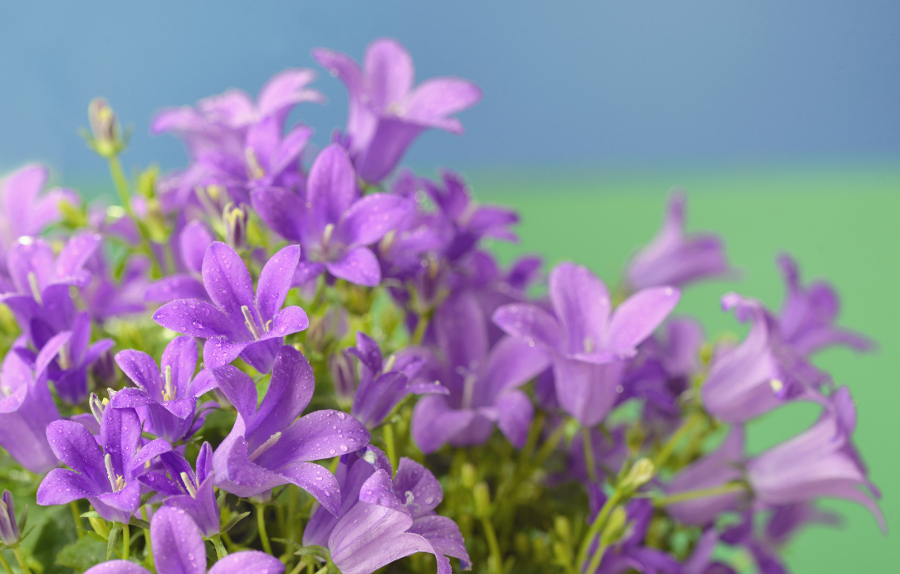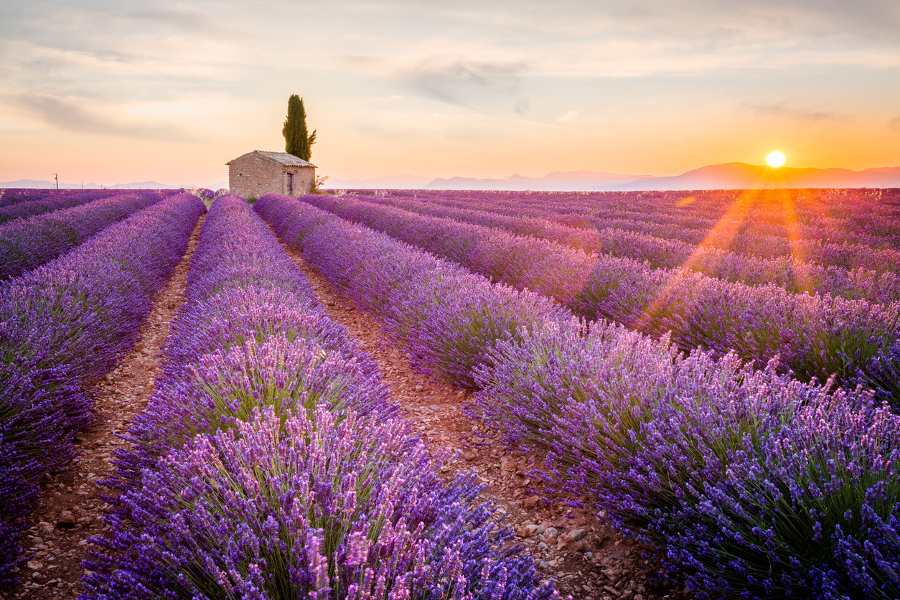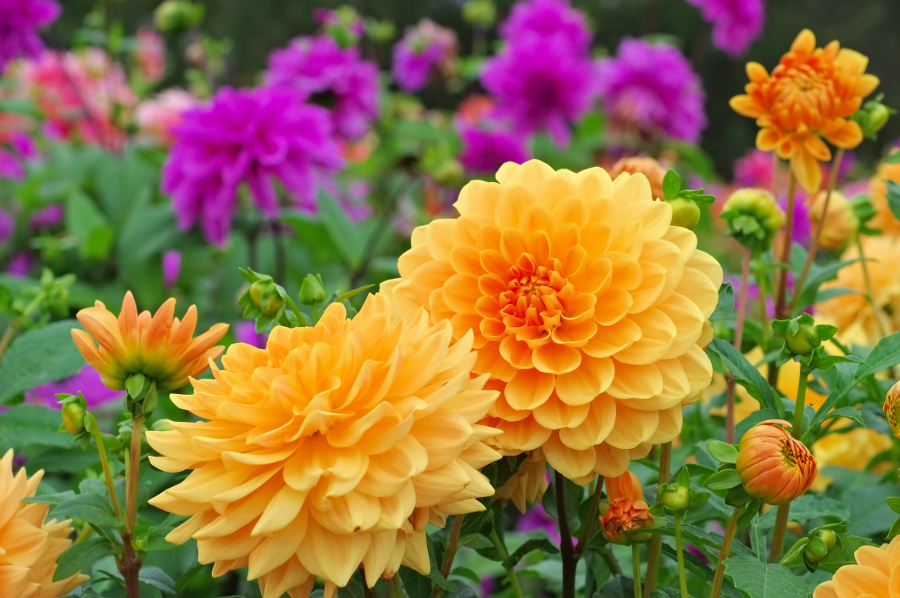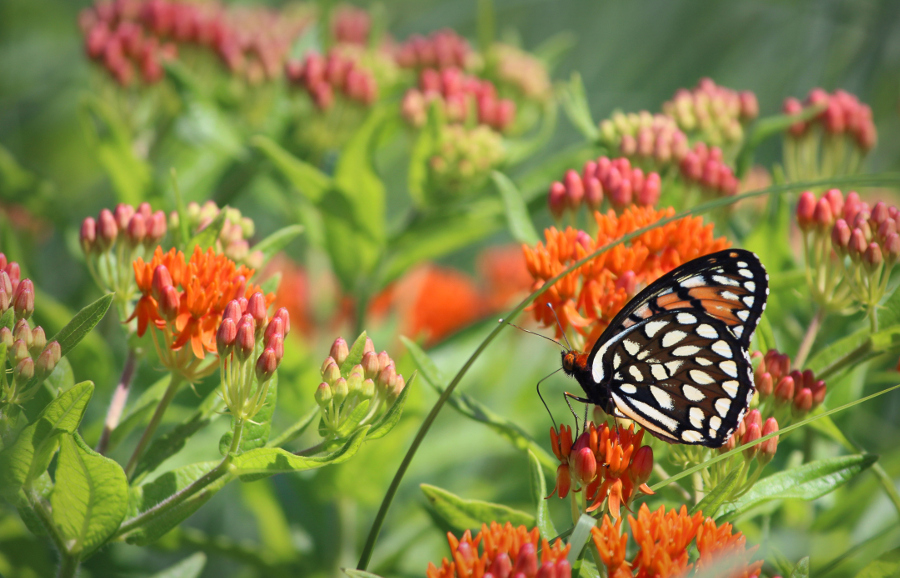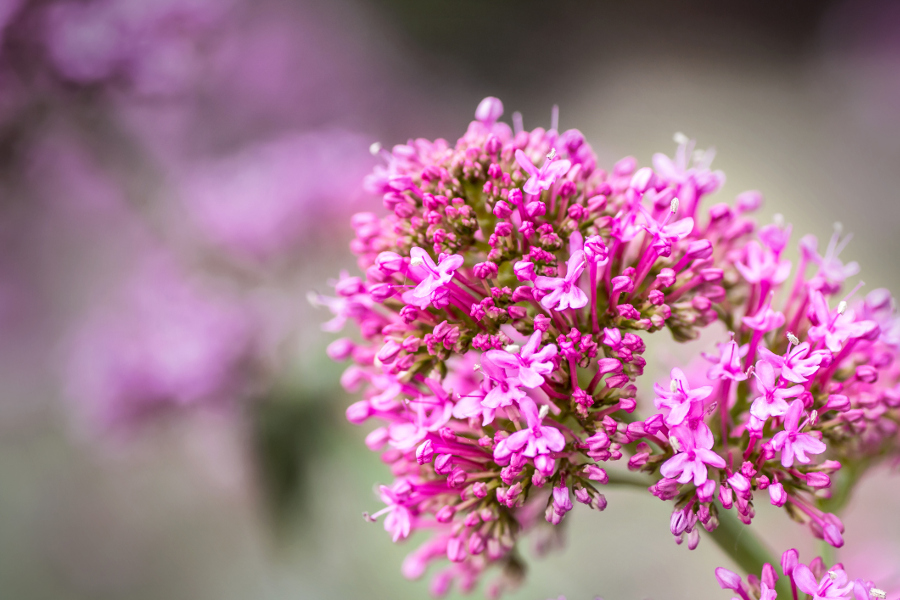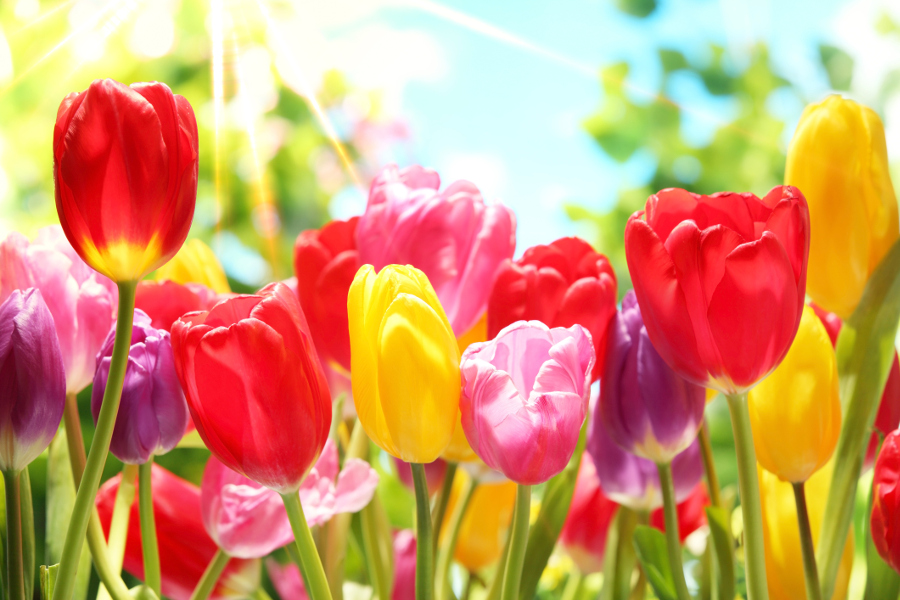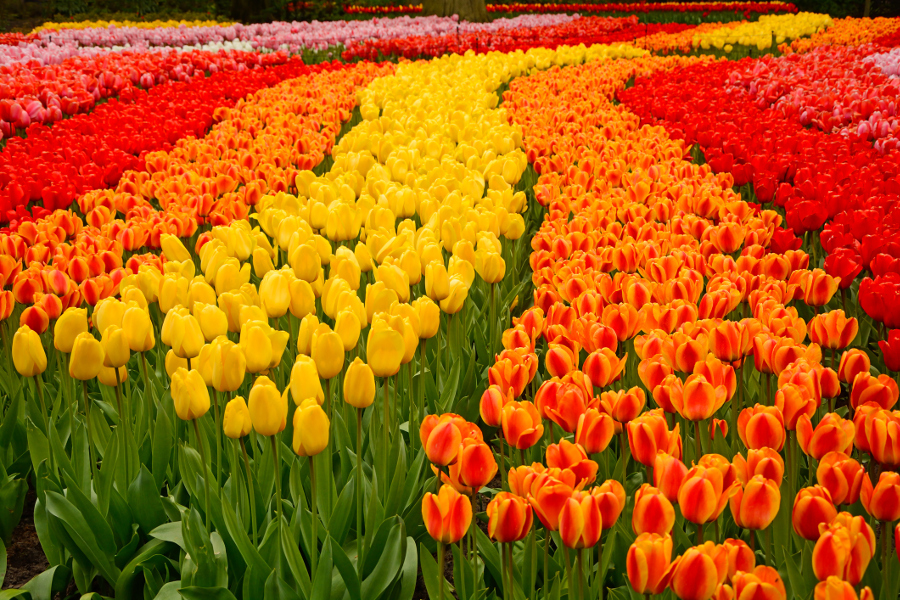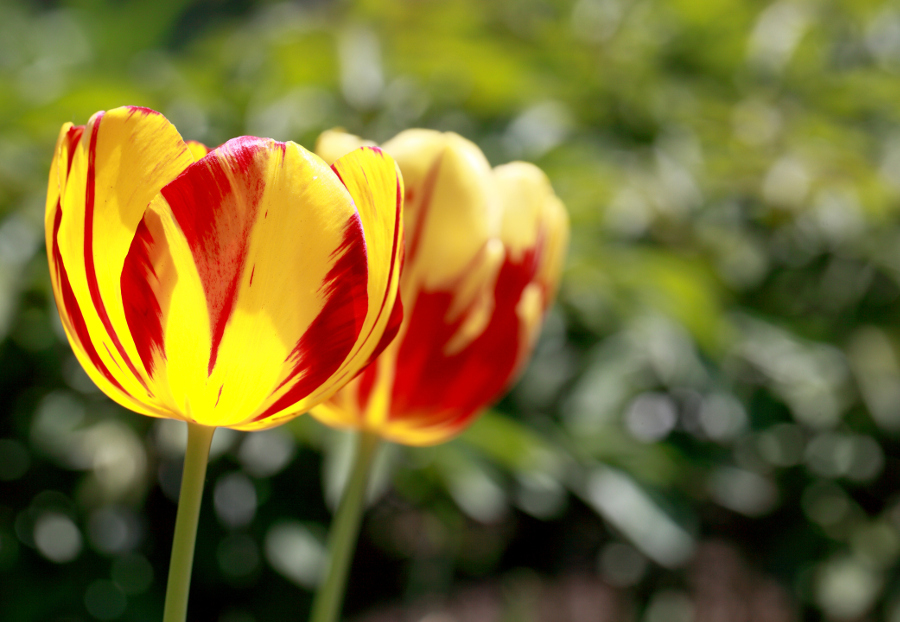While there is no official right answer to the question “What is the best season?” data does exist that shows more Americans pick spring as their favorite time of year — and we couldn’t agree more. The weather is perfect, the trees are blooming, and tulips sprout from their bulbs just waiting to greet you…what’s not to love?
In honor of spring’s arrival, we’re sharing a few facts about this most magnificent season.
24 facts about spring
- In 2024, the first day of spring will be on Tuesday, March 19.
- The first day of spring is known as the vernal equinox.
- In Latin, the word vernal means “spring” and equinox means “equal night.”
- The Latin word for “season” is sationem, meaning “seed time.”

- Spring was formerly referred to as lent, which was changed to springtime around the 1300s, and eventually was shortened to spring. Spring is derived from the time of year when plants begin to grow again or spring from the earth.
- Attention all lovebirds! We hate to say it, but we may have some bad news for you. According to a Facebook study, early spring is when couples are most likely to break up.
- The spring equinox is one of only two times (the other being the fall equinox) when the sun rises in the east and sets in the west.
- If you were to stand on the equator during either the spring or fall equinox, you would see the sun pass directly over the top of your head.
- In the North Pole, the spring equinox marks the start of six months of uninterrupted daylight…
- …whereas in the South Pole, the spring equinox marks the start of six months of darkness.
- Studies show that babies born in the spring are more likely to be night owls and optimistic.
- The reason why we have spring (and other seasons) is because of the Earth’s tilt. If the Earth were perfectly perpendicular to the sun, the seasons or hours of daylight would not change.
- The reason why Easter changes every year is that it falls on the first Sunday after the first full moon of the spring equinox.
- Usually, the earliest spring flowers to bloom each year are tulips, daffodils, sunflowers, primrose, and lilies.
- Though the spring equinox isn’t typically until March 20 or 21, many Americans consider March 1 to be the unofficial start of spring.
- In Japan, they believe spring begins once their national flower, the cherry blossom, starts to bloom.
- In Sicily, women travel to the garden of Adonis at the start of each spring. While there, they plant seeds and decorate the garden with a blue and crimson ribbon.
- Years ago, it became a popular myth that you could balance an egg on its head during the spring equinox. However, it’s just a myth.
- In China, they celebrate the start of spring and Chinese New Year at the same time because they follow a lunar calendar.
- “Spring fever” may be a real (and good) thing! Scientists believe that longer days cause people to be more active, creative, and happy.
- In literary works, spring is often used to represent birth, a revival, and the start of happy and better times.
- Although baby birds are born with the ability to sing, they usually don’t learn how to until spring, when they hear other birds chirping while looking for a mate.
- This year’s daylight saving time happens on Sunday, March 10, meaning we’ll “spring forward” one hour that day.
- Spring holidays include Good Friday, Easter, Passover, April Fool’s Day, Earth Day, Arbor Day, Mother’s Day, Father’s Day, Cinco De Mayo, and Holi (festival of colors in India).
